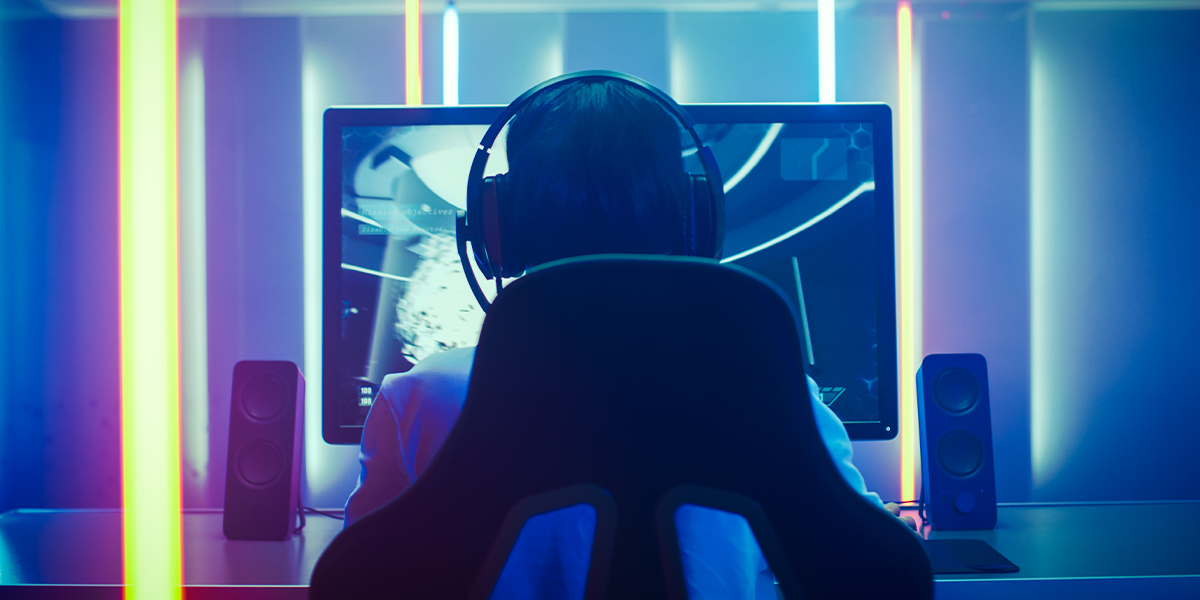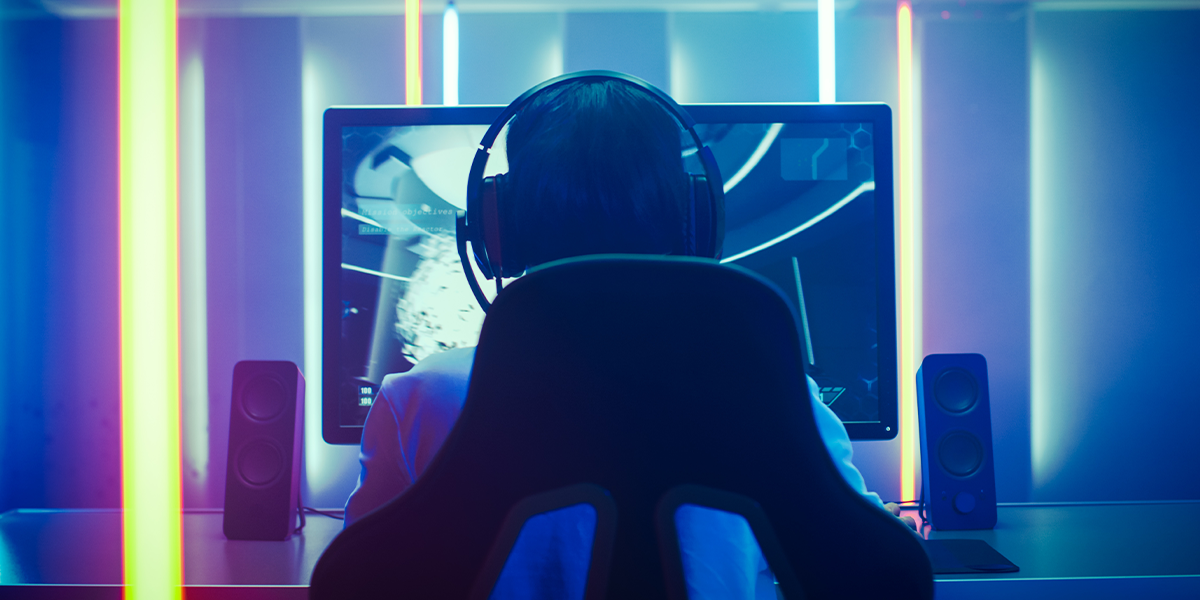
Article by Helen Matthews
Futuresource Consulting
The rising presence of Esports in mainstream culture presents escalating opportunities for manufacturers and resellers of professional audiovisual, IT, and video equipment.
Despite the dominance of digital-only events through 2021 and 2022, along with loosened COVID-19 restrictions, the market saw a 76% increase in pro AV supply when comparing 2022 to the pre-pandemic year of 2019. Although this growth is noteworthy, it should be noted that expenditure remained below pre-pandemic levels, reaching $243 million in 2022 versus $246 million in 2019.
Investment Increase
The significant boost in supply is mainly attributed to increased investments in professional PTZs, production switchers, and pro-LED displays. This technology elevates the production value of exclusively online events. Insights indicate that pro PTZs have provided an affordable solution for distance-capturing shoutcaster footage in periods of tightened budgets.
Investments in pro-LED display walls have also seen a rise, beneficial for both virtual event production during online Esports competitions and stadium investments in new display screens during periods of fewer live events. This shift in investment will differentiate pre- and post-pandamic live experiences.
Recovering times ahead
Expenditure on pro AV equipment in esports fell short of topping pre-pandemic levels, largely due to the cancellation of live events affecting the demand for system cameras and professional audio technologies. While digital-only events sparked interest in pro PTZs, system cameras did not enjoy the same demand, hindered by their high cost and lack of instant usability. Similarly, PA systems, which constitute most of the pro audio expenditure in esports, are dependent on live events to spur demand.
The anticipated recovery of the pro AV market from the impact of the pandemic is scheduled for 2023. The frequency of in-person events is expected to return to pre-pandemic levels, fuelling demand for new audio technologies, pro PTZs, switchers, system cameras, mirrorless cameras, professional camcorders – and supporting technology for signal distribution, lighting, and displays.
Some sectors see reduced demand
Not all pro AV equipment from the pre-pandemic era has persisted. Less investment in pro LCD and projector displays, paired with the lowered cost of LED displays during the pandemic, has decreased demand for LCD displays. Even with the potential comeback of in-person events, pro audio spending is likely to take a blow. Production companies are looking to utilize smaller venues, necessitating smaller and therefore cheaper PA systems.
Striving for cost reduction
The transition towards more compact studio spaces for on-site events is catalyzed by the success of digital-only competitions. Since online-only events can sometimes cost only a tenth of an in-person event – whilst offering more targeted advertising potential – production companies are driven to decrease the cost of live events. One approach is to use smaller, multi-use studio spaces as opposed to large, dedicated esports venues. This not only cuts down the rental cost, but also decreases the budget required to fit out the site with the required pro AV equipment – particularly if equipment can be rented from the sponsor venue. Furthermore, it allows for event mobility, both nationally and internationally, thus reaching a broader audience.
Immersive technologies
As production houses strive to reduce expenditures, the opportunity for pro AV equipment in esports over the next five years will hinge on technologies that offer an immersive audience experience, both on-site and online. This not only enhances their engagement with the event but also justifies investment for production houses.
Such a trend is already noticeable with LEDs and the usage of virtual production. However, as this technology is still developing, there remains ample opportunity to upgrade available technologies and attract future investment from the esports industry.
Audio manufacturers should take note; the ability to create an immersive sound environment that mirrors the gaming experience at live events could be a key success factor. Companies such as Holoplot and L’accoustics have made significant strides in this domain, but there remains space for other contenders. Coupled with the growing popularity of pro PTZs, the investment in system cameras will be steered toward creating specialist shots, either with shallow depth of field, slow motion, or high-resolution footage for archival objectives.
All of these shifts will necessitate more from media servers and signal distribution at esports events, further catalyzing growth in this area.
For the complete insight as presented on Futuresource’s website, click here.
